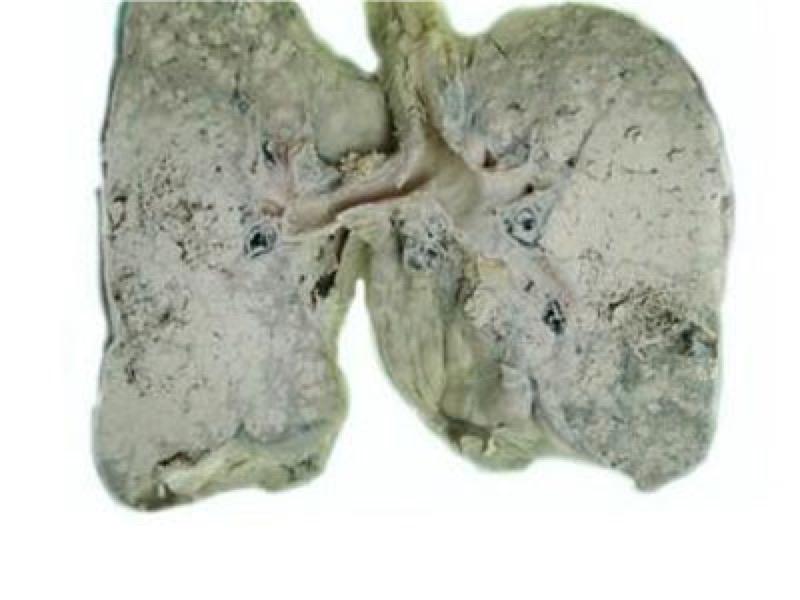Office workers should beware of cervical spondylosis
Cervical spondylopathy is mainly caused by degeneration of cervical intervertebral disc and hyperostosis of cervical spine, with neck and shoulder pain, numbness of upper extremities and dizziness as the main manifestations. Severe patients with cervical spondylosis will show spasticity of both lower extremities and difficulty walking, resulting in a syndrome of paralysis of the limbs. Due to changes in work and life patterns in modern society, the incidence of cervical spondylosis is increasing year by year, and the age of onset also shows a tendency to become younger. It can be said that cervical spondylosis is becoming a "heart disease" in a civilized society.

According to the characteristics of different types of cervical spondylosis The clinical manifestations are very complicated. Generally speaking, cervical spondylosis is divided into seven types, which are described as follows:
1. Nerve root type cervical spondylosis: Mainly due to osteophyte of the cervical spine Or degenerated intervertebral disc tissue stimulates spinal nerve roots that innervate upper limb sensation and movement. Clinical manifestations are numbness and pain in the upper limbs and hands, especially depending on the cervical spine. .
2. Cervical spondylotic myelopathy: Osteophytes or degenerative hyperplastic tissues of the cervical spine are directly caused by stimulating the cervical spinal cord. The general symptoms are more serious, instability of holding objects, walking It is easy to fall and spinal cord ischemia symptoms such as upper limb muscle "twitching". This type of cervical spondylopathy needs timely surgical treatment, otherwise it will easily develop into quadriplegia.
3. Cervical spondylosis of the vertebral artery type: This is a type of cervical spondylosis that often occurs in many middle-aged patients. It is characterized by moderate to severe dizziness, and the occurrence of dizziness and The severity is related to the specific location of the cervical spine. The typical seizure characteristic is that once the person collapses immediately, the dizziness symptoms are relieved after the neck position is changed.
4. Cervical cervical spondylosis: This type is the most common, distributed in all ages, mainly manifested as stubborn neck pain, which seriously affects the quality of life, with a cervical collar Braking can often be significantly alleviated.
5. Sympathetic cervical spondylosis: This type of cervical spondylosis is the most "special", mainly because this cervical spondylosis is easy to be mistaken for other diseases Such as: panic, chest tightness, suffocation, etc., patients are often thought to be a heart attack and sent to the emergency room for rescue; some patients show blurred vision, tiredness, etc., although they often can not be relieved after rest.
6. Esophageal cervical spondylosis: Osteophytes of cervical spine hyperplasia can sometimes be large and grow toward the front of the human body, and the front of the cervical spine is the esophagus. Very large and oppressive esophagus will show special symptoms such as dysphagia and foreign body sensation behind the sternum. It seems to be different from the performance of cervical spondylosis. In fact, it can be clear if you take a lateral X-ray of the cervical spine.
7. Mixed cervical spondylosis: Two or more types of cervical spondylosis are often accompanied, and in this case, upper limb numbness, dizziness, muscle twitching will occur Waiting for the combination of different symptoms, so the diagnosis will be difficult.
In summary, the clinical manifestations of this patient are consistent with the manifestation of mixed cervical spondylosis, but mainly based on cervical spondylotic radiculopathy. It is recommended to do cervical MRI examination to further clarify.
The treatment of cervical spondylosis is relatively complicated. Sometimes it is necessary to adopt personalized treatment according to the patient’s specific symptoms, type, constitution and even lifestyle habits. Common methods include: rest, local braking, Chinese and Western medicine treatment, physical Treatment, surgery, etc. It is worth mentioning that massage therapy for cervical spondylosis needs to be cautious. In addition to causing neck damage, cases of muscle and ligament adhesions are not uncommon.
Related Articles

- Early Signs of Bladder Cancer
- What are the early symptoms of bladder cancer?
- 2020-12-17

- How to prevent depression
- How to prevent depression?
- 2020-12-17

- Early symptoms of lung cancer
- 2020-12-17

- Symptoms of depression
- What are the symptoms of depression?
- 2020-12-17

- Drinking water can prevent heat stroke
- Actually, the hot weather is not the direct cause of heat stroke. Heat stroke is mostly caused by sweating caused by heat. Under the high temperature in summer, the body sweats tens of tim
- 2020-08-03

- How to prevent cervical spondylosis in summer
- With the arrival of summer, these days in my expert clinic, the disease caused by the cervical spine has increased significantly. It is necessary to remind everyone at this time and pay at
- 2020-08-03
